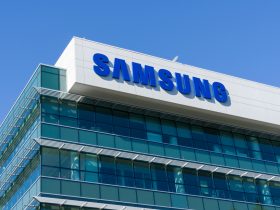Airbus believes that the latest technology in the world of automated flight will see passenger jets save fuel, reducing emissions, on long haul flights by flying in formation. Inspired by nature, planes will take advantage of “wake energy retrieval” in the same way as migrating flocks of birds such as geese do to conserve energy over long distances.
The V-shape adopted by migrating geese sees birds using lift gained from their neighbour in front, which reduces the amount of wing flapping necessary to keep them airborne and travelling steadily in the right direction. Airbus, Europe’s largest aerospace group and the world’s largest plane manufacturer, is convinced that automated flight technology is now mature enough to see its planes safely do the same. Airbus’s initiative builds on 20-year-old Nasa research.
Marc Roche, an expert at French university Estaca, which specialises in engineering disciplines, commented for France’s Le Figaro newspaper:
“The main challenge remains safety in the sense that you have to devise a system to enable planes to stay a short distance apart without risk.”
Currently, air traffic regulations require aircraft to maintain significant distance between each other to prevent the risk of mid-air collision. But recent developments in technology mean Airbus and other major aircraft manufacturers believe that is no longer necessary. Within as little as six months, the company plans a pilot long-haul flight involving two wide-body A350 jets flying in formation across the Atlantic. One will fly around 1.8 miles behind the first, travelling in its slip stream.
The aim is to convince future passengers, as much as regulators, that flight automation technology means that passenger jets flying in much closer proximity than is currently the case, is safe. As explained by Dr Sandra Bour Schaeffer, chief executive of Airbus’s UpNext research unity:
“We’ve known about the efficiency of migratory birds for a long time. The air is smooth and easy to ride and does not impact the comfort of passengers. There is huge potential in it”.
Airbus believes that airlines will be encouraged to adopt the flock-flying technique within around five years. The European Union Aviation Safety Agency plans to rank air carriers according to their environmental accomplishments. For every tonne of fuel, three tonnes less carbon dioxide is left in the airliner’s trail.
The approach will rely on systems relying on satellite data on plane positions to precisely co-ordinate flight paths and ensure planes flying in formation maintain a steady position and separation. Controllers will analyse the traffic management during next year’s real-life testing.










Leave a Reply